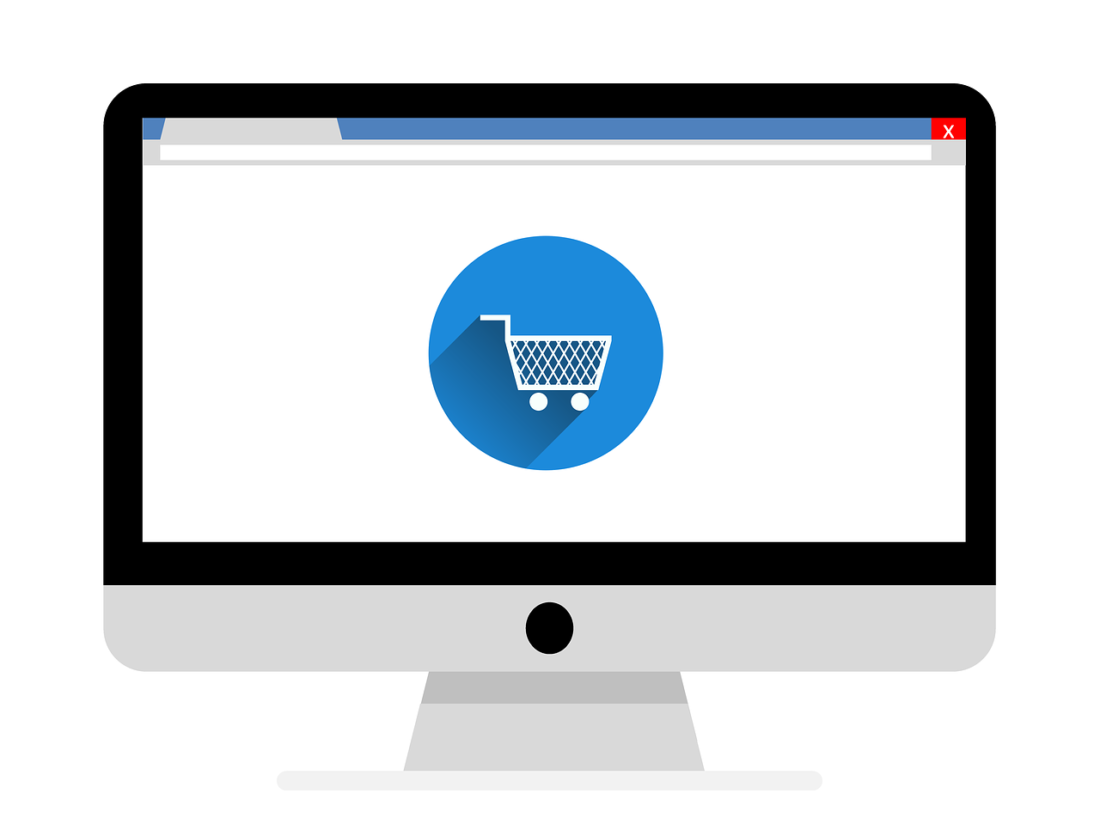Trust is a crucial element in successful sales. However, it can be hard to build it with customers when you’re running an online store with few opportunities for personal interaction. Fortunately, by prioritizing transparency and shoppers’ needs, you can establish yourself as a reliable merchant.
In this article, we’ll cover the important role that consumer confidence plays in the world of e-commerce. Then, we’ll discuss three effective strategies for boosting your long-term credibility. Let’s get started!
The Power of Customer Trust in Your Online Store
It’s difficult to overstate the importance of earning customer trust. Eighty-one percent of consumers state that they must trust a brand before they will purchase its products.
Feelings of reservation are understandable, considering how easy it is for shoppers to be scammed online. As a result, there are a few different ways that you might lose your customers’ confidence.
First on the list is unexpected fees. Most visitors likely understand that they’ll have to pay for shipping and taxes. Nevertheless, it may still come as an unpleasant surprise when they see these costs added to their totals.
Another point of contention is inauthentic presentation. Consumers probably expect you to sell the best aspects of your brand and products, but they may begin to have doubts if your offers seem too good to be true. For example, a lack of negative reviews can seem suspicious and artificial.
Finally, some shoppers won’t have trust to lose. If a visitor isn’t familiar with your brand, it can be difficult for them to have faith in the quality of your products and customer service. A lack of personal connection may lead to consumers seeking out your competitors.
These trust issues may seem small on their own. However, if you consider their impact together, you could be facing a significant audience of wary customers. Fortunately, there are simple ways to tackle each of these challenges.
3 Ways to Build Lasting Customer Trust in Your Online Store
There are several steps you can take to prove to your site visitors that your business is legitimate and has their best interests in mind. If you’re looking to inspire confidence in your shoppers, consider using the following techniques.
1. Minimize Your Hidden Fees
You may not think of shipping costs and taxes as ‘hidden.’ After all, most shoppers probably expect such charges. However, the exact amount tends to vary between stores.
Additionally, many shops only display extra fees right before payment is due. Although these are reasonable charges, some customers might feel like they’ve been deceived. Moreover, this unpredictable sticker shock can be especially severe as the costs rise:
Fortunately, there are a few strategies to handle potential miscommunications. One approach is to add shipping costs to your list prices. You might also offer free shipping over a certain dollar amount, which may encourage spending while also building trust.
Alternatively, since shipping and tax vary based on location, you could ask users for their zip codes at some point during the sales process. Not only will this provide your shoppers with accurate information regarding their expected costs, but it can also help you engage them using location-based data.
2. Feature All Legitimate Customer Reviews
Next up, we’ll talk about customer reviews—the good, the bad, and the fake. Fifty-four percent of consumers say that they won’t buy a product if they believe it has fake reviews. Apart from confirming purchases and emails, preventing bots from spamming your comments can be difficult.
However, there’s another solution as well. Consider increasing the authentic feel of your site by featuring verified negative reviews. Displaying the opinions of unsatisfied customers may seem like poor marketing, but it can help demonstrate transparency to your shoppers.
Furthermore, poor assessments can also provide the opportunity to show off your customer service skills, such as the Vans brand does here:
Reaching out to unhappy consumers with issue management strategies can thus provide two benefits. Keeping less-than-stellar reviews visible shows your commitment to a genuine shopping experience, while follow-up communication shows your willingness to accept and correct unsatisfying purchases.
If you’re looking to double down on customer satisfaction, you should consider using WP Engine’s e-commerce solution:
This tool enables you to improve your website’s overall customer experience. Simple features such as intuitive site design, powerful search functionality, and fast loading times can make a big difference to your shoppers. Providing visitors with a seamless purchasing process may also help organically improve reviews that future users may consult.
3. Create Helpful, Free Blog Content
There are plenty of benefits to increasing your overall customer engagement, such as encouraging growth and lowering costs. However, more interaction can also lead to increased trust. If customers feel like they know your brand, they might be more willing to invest in your products.
One way to increase visitor familiarity is through a blog. Free informative posts on topics around your niche can become a valuable resource for shoppers while also demonstrating your industry knowledge. Consider this post from Dollar Shave Club’s blog, for example:
Your customers may not buy anything immediately after reading your blog. Nevertheless, users may return to your writing when they need advice in the future. Visitors will likely come to trust your website as a resource that provides more than just a sales pitch.
If you’re interested in a blogging strategy, you may also want to actively invite conversation. For example, you might want to devote some time to responding to comments and answering questions. You could also add social sharing options to help your posts reach more people.
Conclusion
Shopping online has become second nature to many. Nevertheless, the lack of a personal interface can create some challenges if your brand is looking to foster consumer trust. Fortunately, you can help build your business’ credibility by prioritizing transparency and the customer experience.
How does your brand build customer trust? Let us know in the comments section below!
